Ellahe Haghani, a 41-year-old woman from Iran, confronted several obstacles because of a rare birthmark. In pursuit of a solution, she had to relocate to a different continent. Furthermore, she endured unkind remarks from strangers, creating challenges in her quest for employment.
Being rejected by doctors.
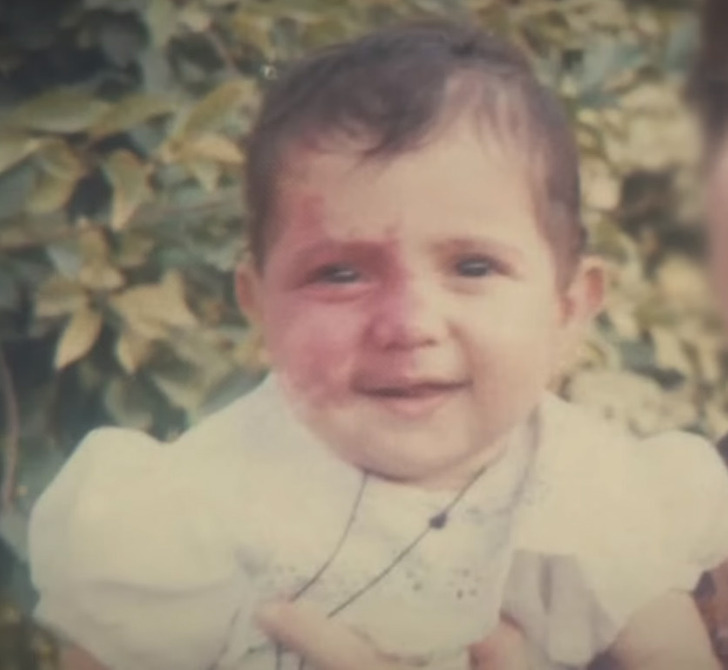
Haghani was born with Sturge Weber Syndrome (SWS), which resulted in a red-purple mark on her face and led to the loss of vision in her right eye. SWS, associated with a port-wine birthmark, can give rise to neurological issues and eye problems. Symptoms manifest at birth, and, according to the National Organization for Rare Disorders (NORD), treatment varies based on the severity of symptoms.
“People assumed that I am an acid attack survivor. When I was born, it was just discoloration to the right side, but as I grew, the soft tissue started to grow and become bigger and thicker. I also lost my eye vision when I was around 20 years old,” she explained.
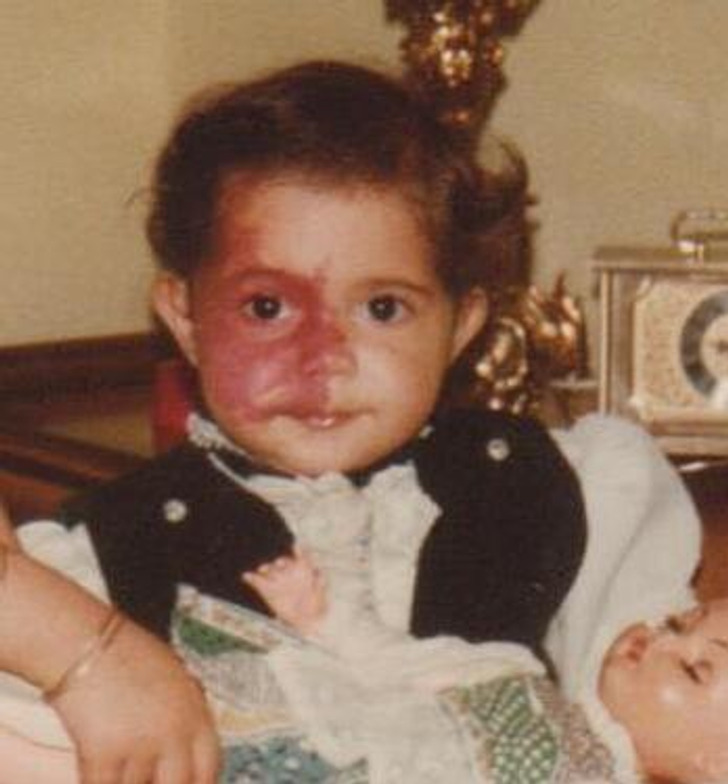
In her quest for a cure, she searched everywhere. Regrettably, she faced rejection from numerous doctors due to the associated high risks.
“My family searched everywhere for a way to cure me, but nothing was available, all doctors said was that the lesions could not be treated surgically or medically. They feared that as soon as they touched my birthmark, they wouldn’t be able to stop the bleeding. Even from scratch, I risked bleeding a lot, doctors were scared to operate in case I died,” she recalls.
She had to endure unkind comments and navigate life’s challenges.
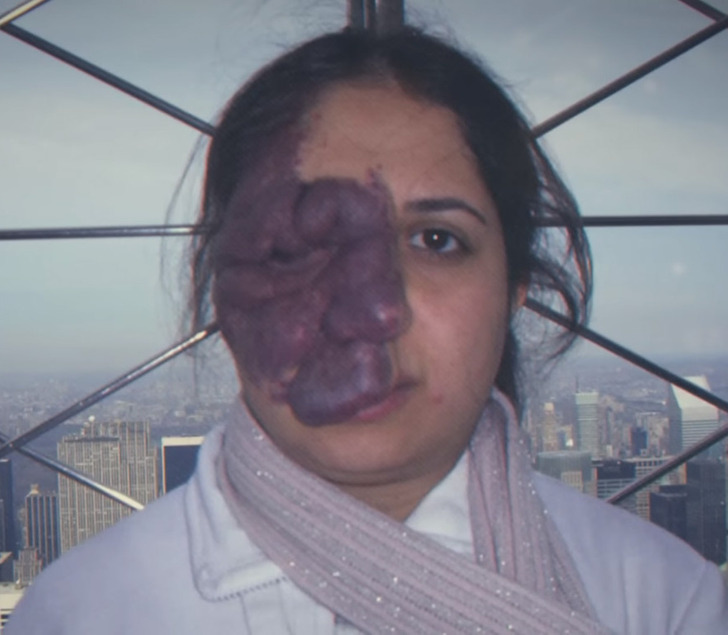
Growing up with a rare condition, Haghani encountered various challenges. Throughout her teenage years, she was reserved and didn’t engage much with others.
“It wasn’t easy for me because people were scared, nobody wanted to sit next to me. Sometimes the teachers were not even happy for me being in their class,” Haghani said.
Some individuals made negative comments about her condition, even advising her not to leave the house. She explained, “People will question me, people stared at me, people were frightened, people tell me I should not leave the house.”
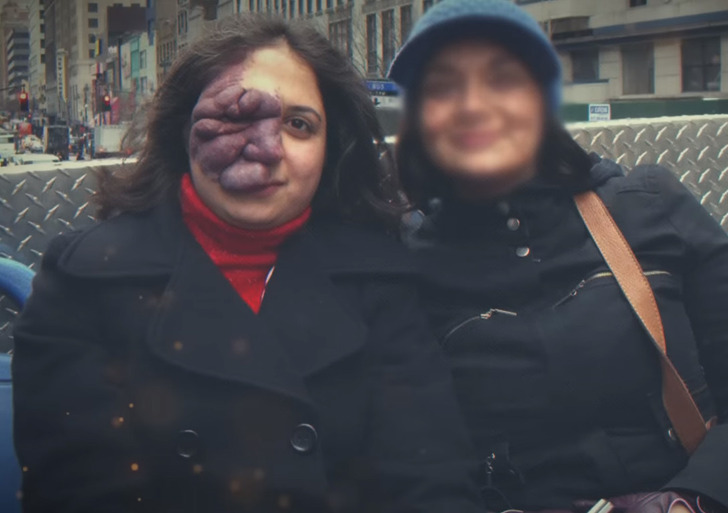
Her challenges continued even after she finished school. She struggled to find a job because of her condition. The recruiter didn’t even consider her after just looking at her face.
“They told me back a few times, especially during a job interview, they just look at my face and without even asking one question, they would just say, ’No, we are not going to hire you’,” she said.
She had to move to other continents for cure.
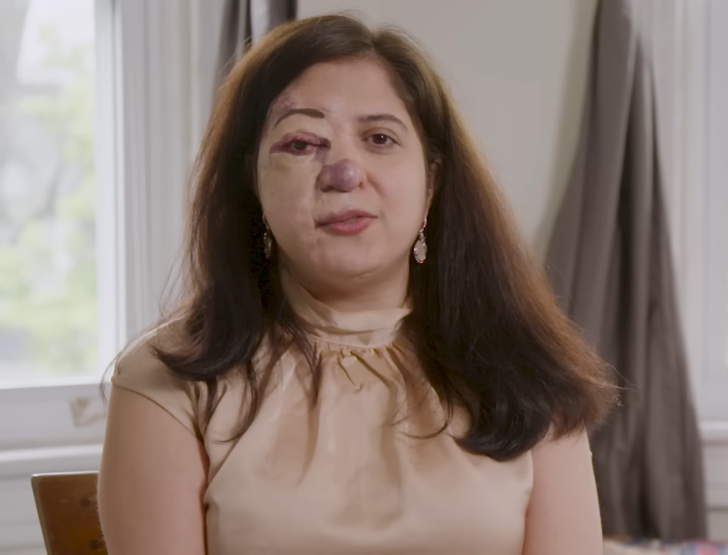
After facing years of rejection from doctors, Haghani eventually found assistance in 2009. She had to relocate from her home in Iran to New York to begin treatment with Dr. Milton Waner. Haghani has undergone over 20 surgeries to address her birthmark. These surgeries hold significant meaning for her, especially considering that at the age of 14, she attempted laser treatment in Edinburgh for two years without success.
She refuses to let her birthmark define her identity.
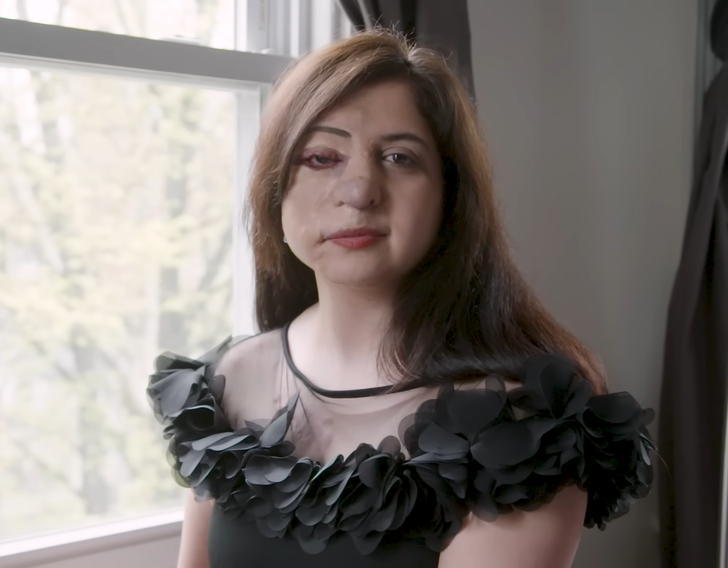
Since undergoing treatment in New York City in 2009, Haghani has been more resolute than ever in pursuing her dream of a career in medicine. In 2019, she enrolled in nursing school and currently serves as a patient advocate at the Vascular Birthmark Institute in New York.
While her birthmark remains visible on her nose and forehead, Haghani has regained her confidence. She emphasizes that she refuses to let her birthmark define her identity.
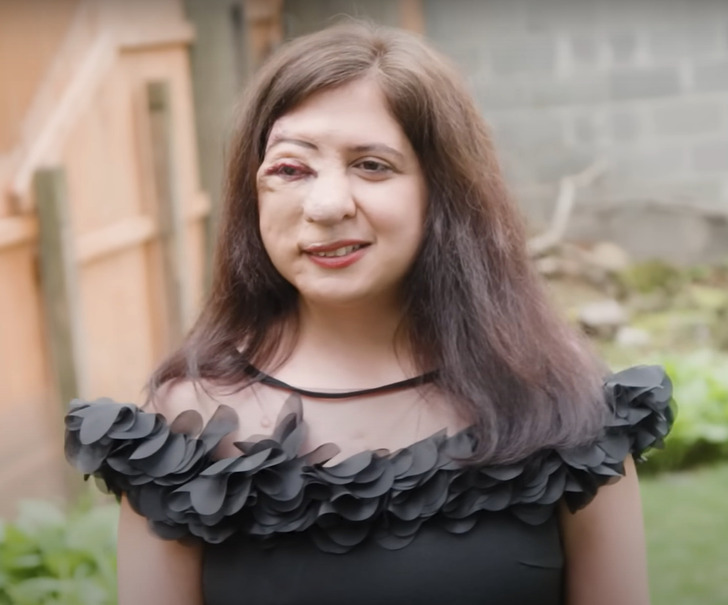
“I believe in myself, my face doesn’t define me, what defines me is my abilities, what I do with my life, and how I help other people,” she stated.
Haghani is not the only individual grappling with challenges posed by the “port wine” mark. In Queensland, Australia, another baby is also affected by this condition. The parents opted for laser treatment for their son’s birthmark, a decision that generated some backlash.
